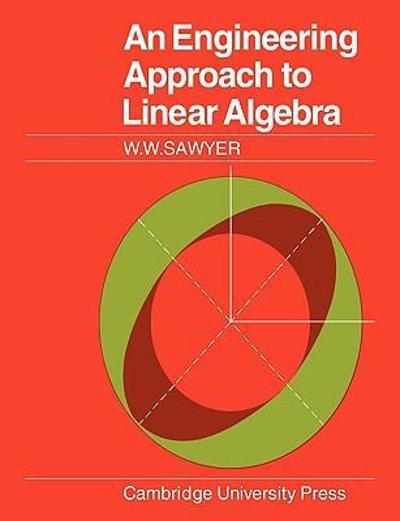The average number of cavities that thirty-year-old Americans have had in their lifetimes is 7. Do twenty-year-olds have more cavities? The data show the results
The average number of cavities that thirty-year-old Americans have had in their lifetimes is 7. Do twenty-year-olds have more cavities? The data show the results of a survey of 16 twenty-year-olds who were asked how many cavities they have had. Assume that the distribution of the population is normal.
6, 6, 10, 7, 7, 10, 10, 9, 8, 8, 6, 9, 6, 8, 10, 8
What can be concluded at the = 0.05 level of significance?
- For this study, we should use Select an answer z-test for a population proportion t-test for a population mean
- The null and alternative hypotheses would be:
H0:H0: ? p Select an answer = < >
H1:H1: ? p Select an answer = > <
- The test statistic ? t z = (please show your answer to 3 decimal places.)
- The p-value = (Please show your answer to 4 decimal places.)
- The p-value is ? >
- Based on this, we should Select an answer reject fail to reject accept the null hypothesis.
- Thus, the final conclusion is that ...
- The data suggest that the population mean number of cavities for twenty-year-olds is not significantly more than 7 at = 0.05, so there is insufficient evidence to conclude that the population mean number of cavities for twenty-year-olds is more than 7.
- The data suggest the population mean is not significantly more than 7 at = 0.05, so there is sufficient evidence to conclude that the population mean number of cavities for twenty-year-olds is equal to 7.
- The data suggest the populaton mean is significantly more than 7 at = 0.05, so there is sufficient evidence to conclude that the population mean number of cavities for twenty-year-olds is more than 7
- 6. Interpret the p-value in the context of the study.
- There is a 1.04160801% chance of a Type I error.
- There is a 1.04160801% chance that the population mean number of cavities for twenty-year-olds is greater than 7.
- If the population mean number of cavities for twenty-year-olds is 7 and if you survey another 16 twenty-year-olds then there would be a 1.04160801% chance that the sample mean for these 16 twenty-year-olds would be greater than 8.
- If the population mean number of cavities for twenty-year-olds is 7 and if you survey another 16 twenty-year-olds then there would be a 1.04160801% chance that the population mean number of cavities for twenty-year-olds would be greater than 7.
- 7. Interpret the level of significance in the context of the study.
- There is a 5% chance that flossing will take care of the problem, so this study is not necessary.
- There is a 5% chance that the population mean number of cavities for twenty-year-olds is more than 7.
- If the population mean number of cavities for twenty-year-olds is more than 7 and if you survey another 16 twenty-year-olds, then there would be a 5% chance that we would end up falsely concuding that the population mean number of cavities for twenty-year-olds is equal to 7.
- If the population mean number of cavities for twenty-year-olds is 7 and if you survey another 16 twenty-year-olds, then there would be a 5% chance that we would end up falsely concuding that the population mean number of cavities for twenty-year-olds is more than 7.
Please ignore the numbering. The question numbering did not transfer correctly. Thank you so much.
Step by Step Solution
There are 3 Steps involved in it
Step: 1

See step-by-step solutions with expert insights and AI powered tools for academic success
Step: 2

Step: 3

Ace Your Homework with AI
Get the answers you need in no time with our AI-driven, step-by-step assistance
Get Started


